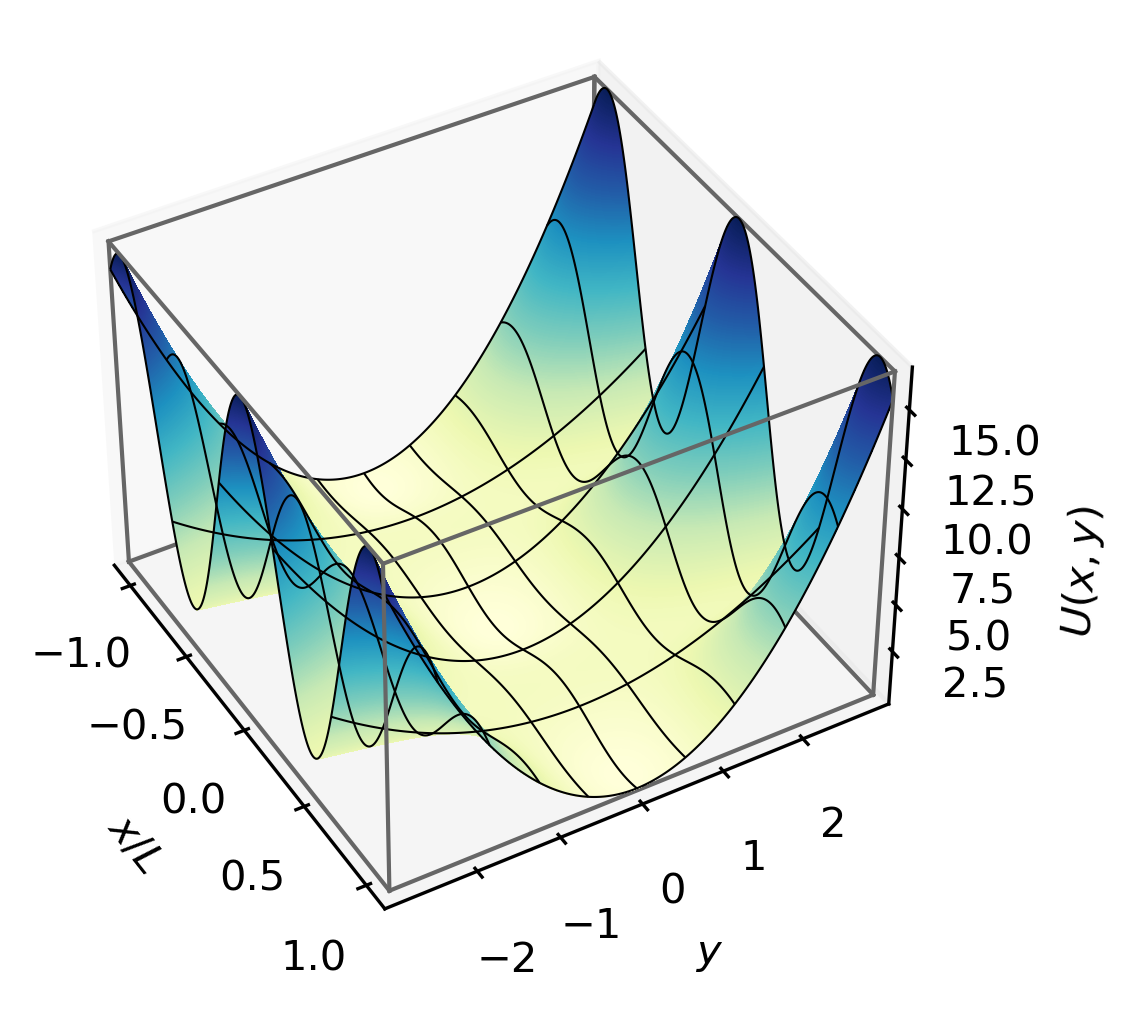
Statistical Physics
There is a growing literature of work that studies non-equilibrium processes in nature. Many powerful tools from statistical mechanics do not work for non-equilibrium systems where the traditional assumptions of thermal equilibrium and the thermodynamic limit no longer hold. Biological system is the archetypal non-equilibrium system: it consists of many individual units that can exchange energy, information, and matter continually with one another as well as the environment. My group has been working on the frontiers of non-equilibrium physics, such as overdamped Langevin dynamics, dynamically driven renormalization-group, Crooks fluctuation theorem, transport processes, control of complex network, etc. Some notable projects are listed below.

Shu Tian Eu and Ee Hou Yong,
"Contours information and the perception of various visual illusions,"
preprint on arXiv
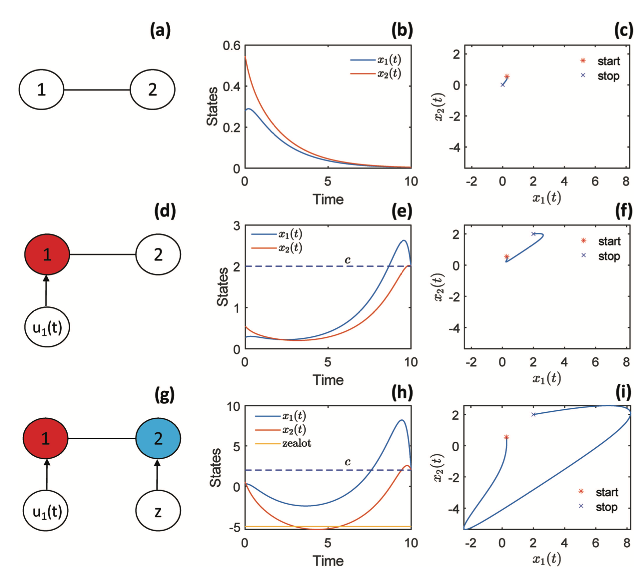
Hong Chen and Ee Hou Yong,
"How zealots affect the energy cost for controlling complex social networks,"
Chaos 32, 063116, 2022.
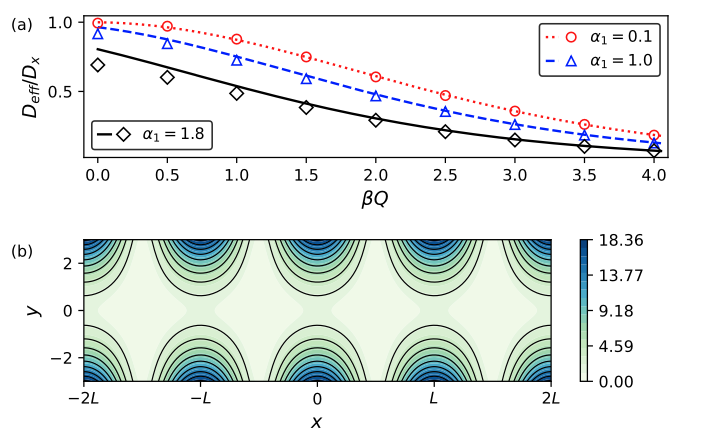
Thomas H. Gray, Claudio Castelnovo, and Ee Hou Yong,
"Enhanced diffusion in soft-walled channels with a periodically varying curvature,"
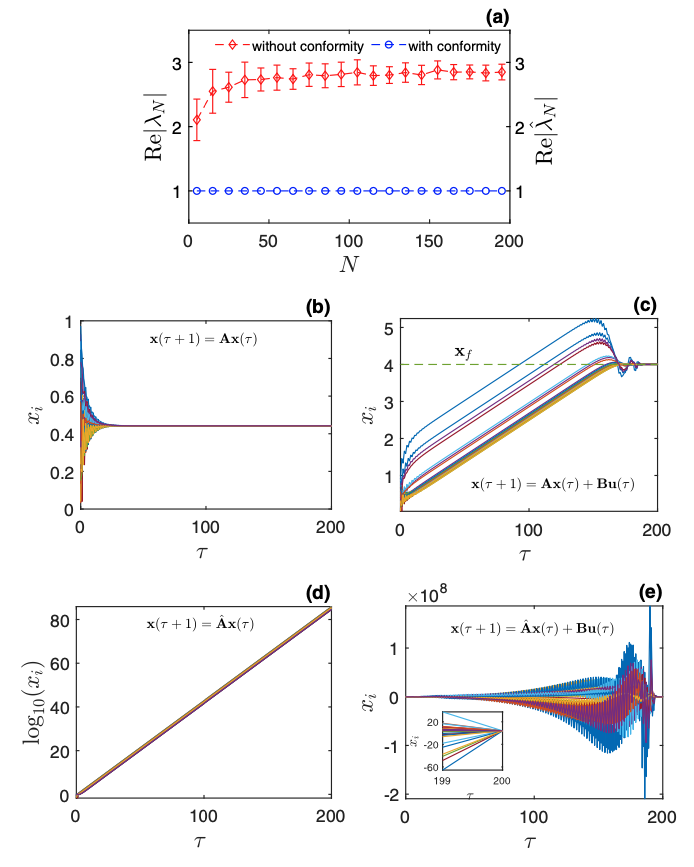
Hong Chen and Ee Hou Yong,
"Energy cost study for controlling complex social networks with conformity behavior,"
Physical Review E 104, 014301, 2021.
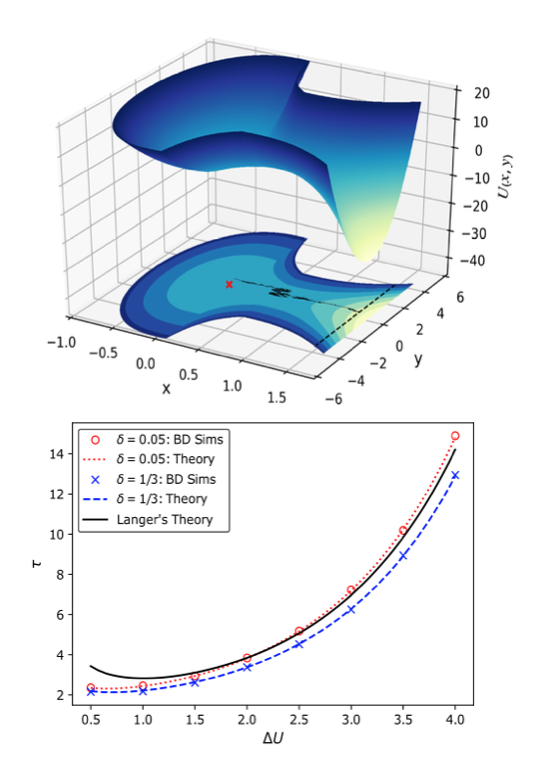
Thomas H. Gray and Ee Hou Yong,
"An effective one dimensional approach to calculating mean first passage time in multi-dimensional potentials,"
Journal of Chemical Physics 154, 084103, 2021.
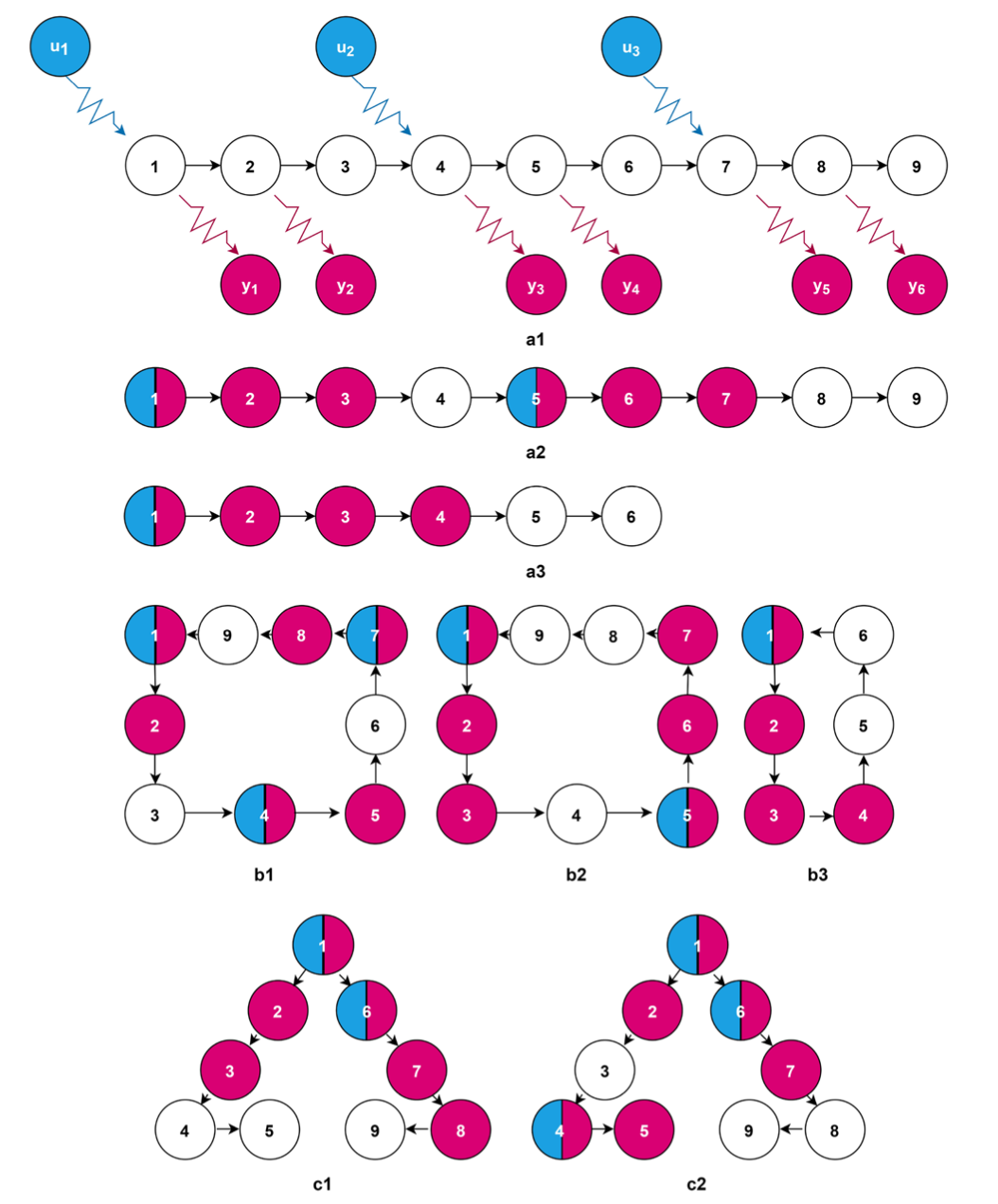
Hong Chen and Ee Hou Yong,
"Optimizing target node set for the control energy of directed complex networks,"
Scientific Reports 10, 18112, 2020.

Thomas H. Gray and Ee Hou Yong,
"Effective diffusion in one-dimensional rough potential energy landscapes,"
Physical Review E 102, 022138, 2020.

Thomas H. Gray and Ee Hou Yong,
"Overdamped Brownian dynamics in piecewise-defined energy landscapes,"
Physical Review E 101, 052123, 2020.
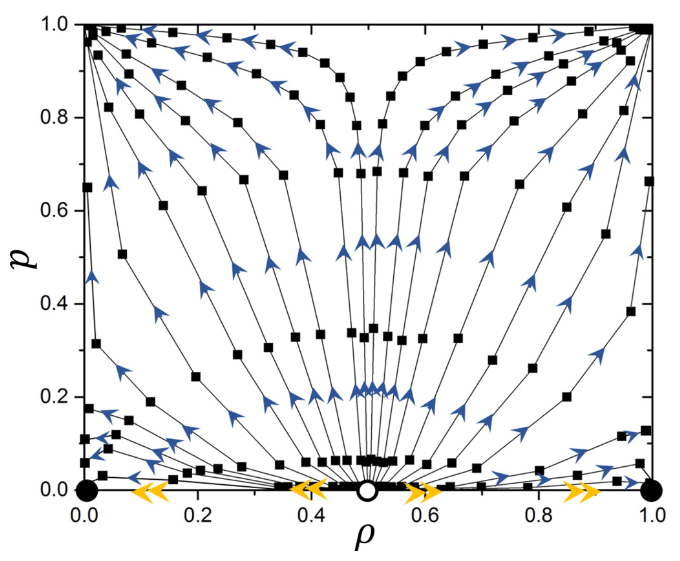
Han Kheng Teoh and Ee Hou Yong,
"Renormalization group study of Nagel-Schreckenberg model,"
Physical Review E 97, 032314, 2018.
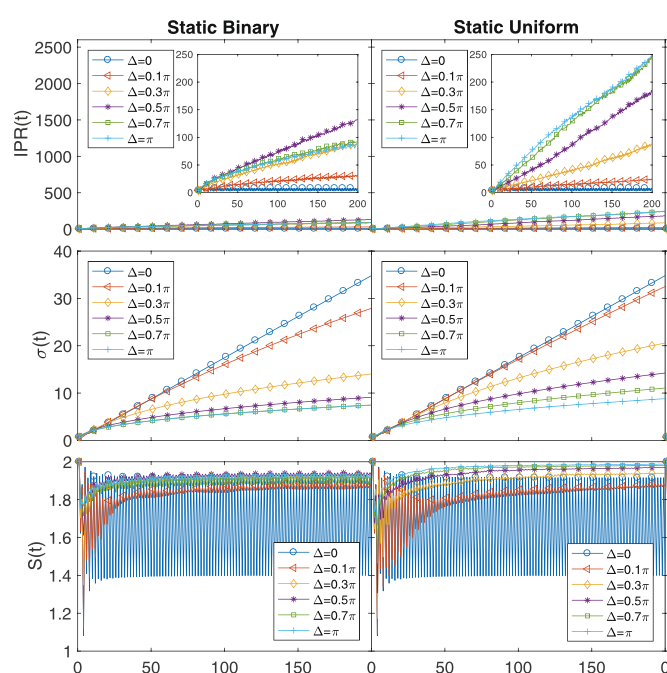
Meng Zeng and Ee Hou Yong,
"Discrete-Time Quantum Walk with Binary Phase Disorder: Localization and Entanglement Entropy,"
Scientific Reports 7, 12024, 2017.
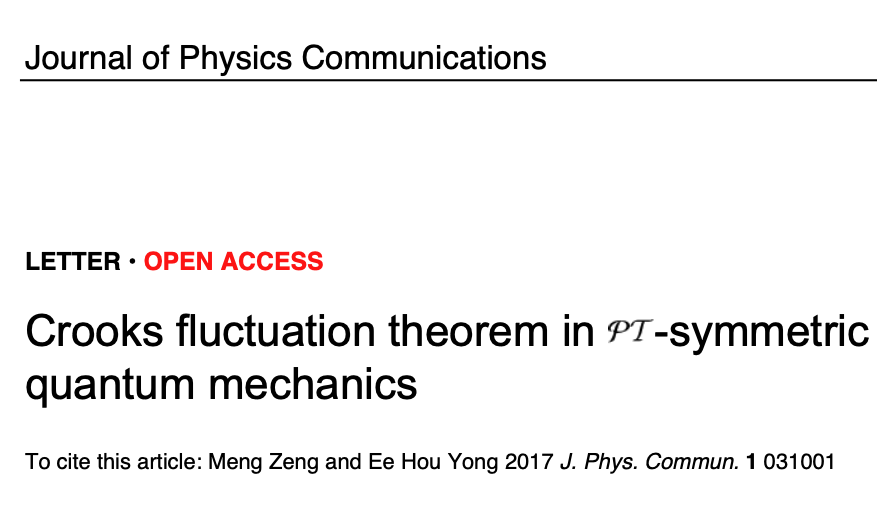
Meng Zeng and Ee Hou Yong,
"Crooks Fluctuation Theorem in PT-symmetric Quantum Mechanics,"
Journal of Physics Communications 1, 031001, 2017.

Ee Hou Yong, and L. Mahadevan,
"Statistical Mechanics and Shape Transitions in Microscopic Plates,"
Physical Review Letters 112, 048101, 2014.
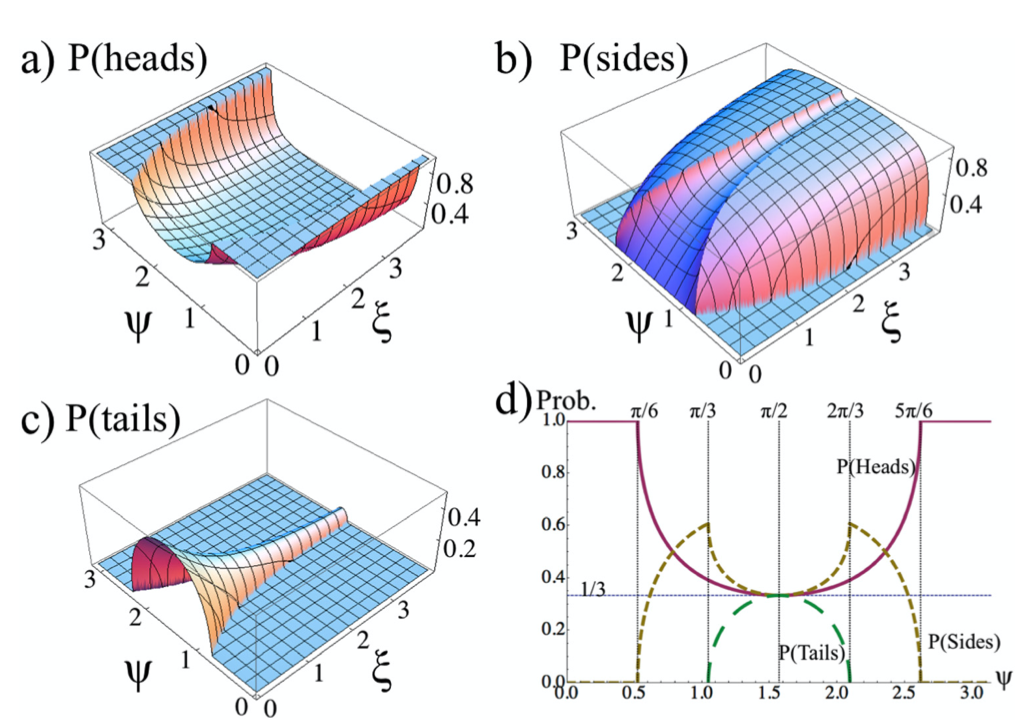
Ee Hou Yong and L. Mahadevan,
"Probability, geometry and dynamics in the toss of a thick coin,"
American Journal of Physics 79(12):1195-1201, 2011.
Cover of American Journal of Physics vol. 79, issue 12
